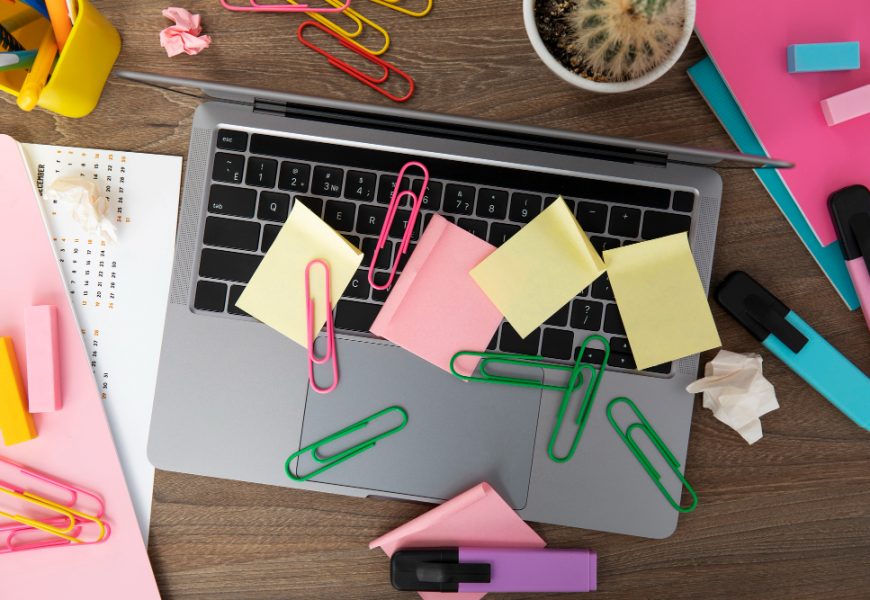Most advice about productivity begins with control—control your time, your space, your habits, your apps. But the more people try to master every minute of the day, the more they seem to lose the very energy that makes creativity and deep thinking possible. The hidden truth is that the brain doesn’t respond to rigid efficiency the way a machine does. It thrives on curiosity, novelty, emotional connection, and even carefully managed distraction.
When we reinterpret productivity not as a fixed output but as a state of meaningful engagement, it becomes something more sustainable and human. Whether you’re solving a complex problem at work, preparing for an exam, or developing a new skill, the key lies in learning how to activate curiosity instead of suppressing it.
Curiosity is essentially the brain’s internal fuel. It drives dopamine release, which in turn strengthens focus and memory formation. But curiosity doesn’t emerge in monotonous environments or under constant pressure. If everything is predictable, the brain downshifts into autopilot mode. By contrast, subtle changes in environment, pacing, or sensory input reawaken attention naturally, without forced concentration. That’s why redefining how you work and learn can unlock extraordinary energy — not by adding more hours or stricter routines, but by aligning with how your mind actually wants to operate.
1. Strategic Distraction: Turning Interruptions Into Incubation Time
Usually we treat distraction as the enemy of focus. Yet cognitive science shows that controlled distraction can enhance problem-solving. When you hit a mental block—say, when writing a report or analyzing data—taking a break to fold laundry, sketch, or walk outside allows your subconscious networks to process information in the background. This “incubation effect” often produces insights that direct, conscious effort can’t. The key is to choose low-bandwidth distractions—actions that are satisfying but not mentally demanding—so the mind can wander productively rather than spiral into overstimulation.
2. Playful Learning and Productive Experimentation
In both work and study, play isn’t frivolous—it’s neurological fertilizer for creativity. Play encourages exploratory thinking, emotional safety, and flexibility. Try reframing difficult tasks as small experiments: “I wonder what happens if I write this report from the perspective of a client,” or “What if I turn this chapter into a story I can teach someone else?” This playful recontextualization can dramatically increase understanding and retention. In workplaces, playful brainstorming sessions or short “creative warm-ups” before meetings can raise engagement and improve outcomes without feeling like another forced team exercise.
3. Sensory Variation: Using the Body to Reignite Mental Energy
Long study or work sessions often fail because we treat the brain as separate from the body. However, cognitive endurance is directly affected by sensory input. Small physical shifts—changing seats, adjusting lighting, listening to ambient sounds, or introducing mild sensory novelty (such as new scents or textures)—signal to the brain that something fresh is happening. This can boost alertness and mood in ways coffee or deadlines can’t. Some people find that soft background noise, like rain sounds or gentle chatter, helps them enter flow states, while others need near silence. The goal is not to copy a formula, but to craft your own sensory landscape for optimal focus.
4. Emotional Design: Working With Feelings, Not Against Them
Most productivity systems assume emotion is an obstacle. In truth, emotion is the control panel of motivation. When we ignore how we feel, we lose access to intrinsic energy. Practicing short “emotional check-ins” during the day—asking, “What am I feeling right now, and what might that tell me about the task?”—can prevent burnout and procrastination. Additionally, intentionally connecting your work or study materials to values or personal meaning transforms them from chores to expressions of identity. The difference between obligation and inspiration is emotional design.
5. Micro-Adventures for Mental Renewal
Taking micro-adventures—brief but stimulating departures from routine—can refresh the brain’s pattern-recognition systems. This doesn’t have to mean travel; it might be working from a coffee shop you’ve never visited, arranging your desk differently, or reading an unrelated article for five minutes. These micro-novelties build cognitive flexibility, making it easier to switch contexts, solve complex problems, or recall information later.
6. The Art of Restful Productivity
Perhaps the most counterintuitive productivity method is deliberate, guilt-free idleness. Research in neuroscience repeatedly confirms that the “default mode network,” active when we daydream, fosters long-term creativity and problem integration. In other words, resting with awareness—staring out a window, doodling, or taking a slow walk—is not time lost; it’s time invested in allowing ideas to mature. Many leading innovators structure their days around alternating deep work and deep rest, recognizing that both are essential halves of true productivity.
Rewriting the Narrative of Productivity
When you strip away the obsession with checklists and instead cultivate curiosity, play, and embodied presence, productivity becomes a side effect rather than a goal. These unusual methods don’t reject structure—they simply make structure flexible and life-centered.
Work and study are not separate from living; they are extensions of how we interact with the world. The most productive people are not those who simply “manage” time, but those who design experiences that energize attention and emotion. True productivity emerges naturally when every task, even small ones, becomes part of an ecosystem that values curiosity, renewal, and human rhythm over mechanical speed.
So, the next time your mind drifts or you feel the weight of conventional productivity guilt, consider the possibility that your brain isn’t failing you—it’s simply asking for novelty, connection, or rest. Real effectiveness starts not when you double down on control, but when you listen to that message and work with your mind, not against it.






